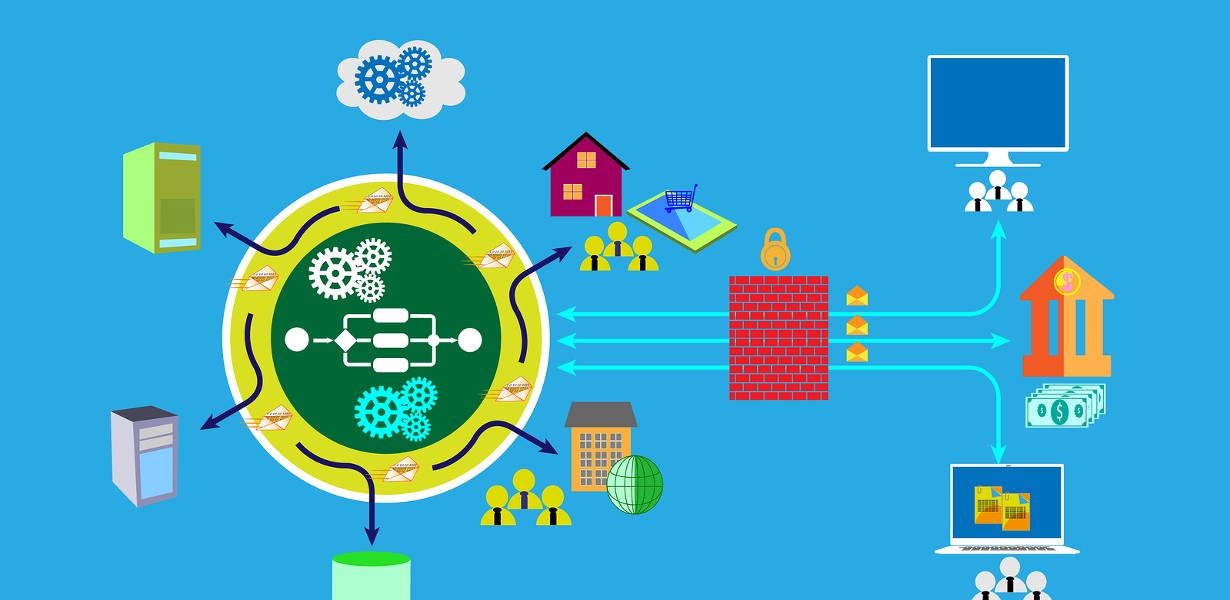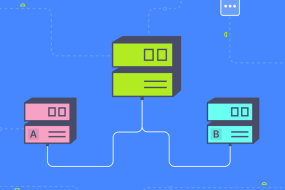
In the ever-evolving tech landscape of 2023, achieving high availability is not just a buzzword; it’s a critical necessity. As businesses increasingly rely on digital infrastructure, the ability to maintain continuous operations, even in the face of disruptions, is paramount. In this comprehensive guide, we delve deep into the strategies and technologies that empower organizations to bolster their tech resilience, ensuring seamless operations, safeguarding data, and enhancing customer experiences.
Understanding Tech Resilience
Tech resilience, often referred to as digital resilience, is the capability of an organization to adapt and respond to unforeseen disruptions while maintaining the seamless delivery of services and the protection of critical assets. It goes beyond disaster recovery; it encompasses a proactive approach to mitigate risks and build a robust tech infrastructure.
The Importance of High Availability
High availability (HA) is a key component of tech resilience. It ensures that systems and services are consistently accessible and operational, minimizing downtime and the potential for data loss. Businesses that prioritize HA are better equipped to withstand disruptions such as hardware failures, software glitches, cyberattacks, and natural disasters.
Key Elements of Tech Resilience
Redundancy: Employing redundant systems and components to eliminate single points of failure and enhance reliability.
Data Backups: Regularly backing up data and ensuring swift data recovery in the event of data loss or corruption.
Scalability: The ability to quickly scale resources up or down in response to changing demands.
Security: Implementing robust security measures to protect against cyber threats.
Disaster Recovery Plans: Developing and testing comprehensive disaster recovery plans to ensure rapid recovery in case of disasters.
Achieving High Availability
In the pursuit of high availability, organizations adopt various strategies and technologies that fortify their tech resilience.
Cloud Computing
Leveraging cloud infrastructure provides scalability, redundancy, and geo-distribution, reducing the risk of service disruptions. Leading cloud providers like Amazon Web Services (AWS) and Microsoft Azure offer a wide array of HA services.
Load Balancing
Load balancers distribute incoming network traffic across multiple servers, ensuring even workloads and preventing server overload. This enhances system reliability.
Virtualization
Virtualization technology allows for the quick migration of workloads, minimizing downtime. It also simplifies backup and recovery processes.
Data Replication
By replicating data across multiple locations, organizations ensure data availability and durability, even in the face of data center outages.
Application Monitoring
Continuous monitoring of applications and systems helps identify and address issues proactively, reducing downtime.
Cybersecurity Measures
Robust cybersecurity measures, including firewalls, intrusion detection systems, and encryption, protect against cyber threats and data breaches.
The Role of AI and Machine Learning
Artificial intelligence and machine learning are pivotal in achieving high availability. They enable predictive maintenance, anomaly detection, and adaptive security measures, reducing the impact of potential disruptions.
Common Challenges
Despite the importance of tech resilience and high availability, organizations face several challenges in their pursuit.
Cost
Investing in redundancy and advanced technologies can be costly, requiring a balanced approach to cost-effectiveness.
Skill Gap
Implementing and managing HA solutions may require specialized skills that organizations need to develop or acquire.
Complexity
Highly available systems can be complex, demanding careful design and maintenance.
Final Words
In the dynamic tech landscape of 2023, achieving high availability is not just a goal; it’s a necessity. Organizations that prioritize tech resilience and high availability are better positioned to thrive in a world where digital disruptions are the norm. By embracing strategies such as cloud computing, load balancing, and cybersecurity measures, they ensure that their systems are always accessible, their data is secure, and their customers experience uninterrupted service. In an era of constant change and challenges, tech resilience sets the foundation for sustained success.
Commonly Asked Questions
Q1: What is the primary goal of high availability?
A1: The primary goal of high availability is to ensure that systems and services remain accessible and operational, minimizing downtime and the risk of data loss.
Q2: How can organizations mitigate the cost of implementing high availability solutions?
A2: Organizations can mitigate costs by carefully assessing their redundancy needs, exploring cost-effective cloud options, and considering hybrid solutions.
Q3: What is the role of AI and machine learning in tech resilience?
A3: AI and machine learning play a crucial role in tech resilience by enabling predictive maintenance, anomaly detection, and adaptive security measures to reduce the impact of potential disruptions.
Q4: What are the key challenges organizations face in achieving high availability?
A4: Organizations often face challenges related to the cost of implementation, skill gaps, and the complexity of highly available systems.
Q5: How can businesses ensure data security in high availability environments?
A5: Data security in high availability environments can be ensured through robust cybersecurity measures such as firewalls, intrusion detection systems, and encryption.
Advertisement







